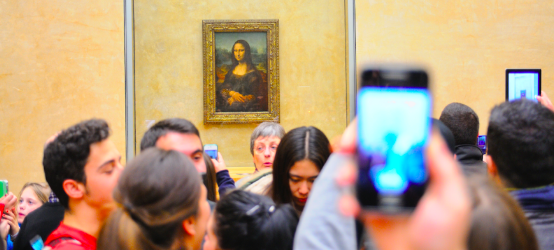The articles that receive the most trolling tend to be those with data that challenge "I think" industry assumptions.
Who doesn’t love an Internet troll?! *quietly raises hand* I’ll be honest: I don’t get much hate mail or trolling from this website, and I am grateful to consistently open my message box to many wonderful notes of thanks and stories from professionals sharing their successes. (Thank goodness!) That said, I’m a person who is generally accessible online, and I also share data that is occasionally inconvenient. As a result, from time-to-time, I become the target of trollers and...Never miss the latest read on industry data and analysis.
Already have an account? Sign In




